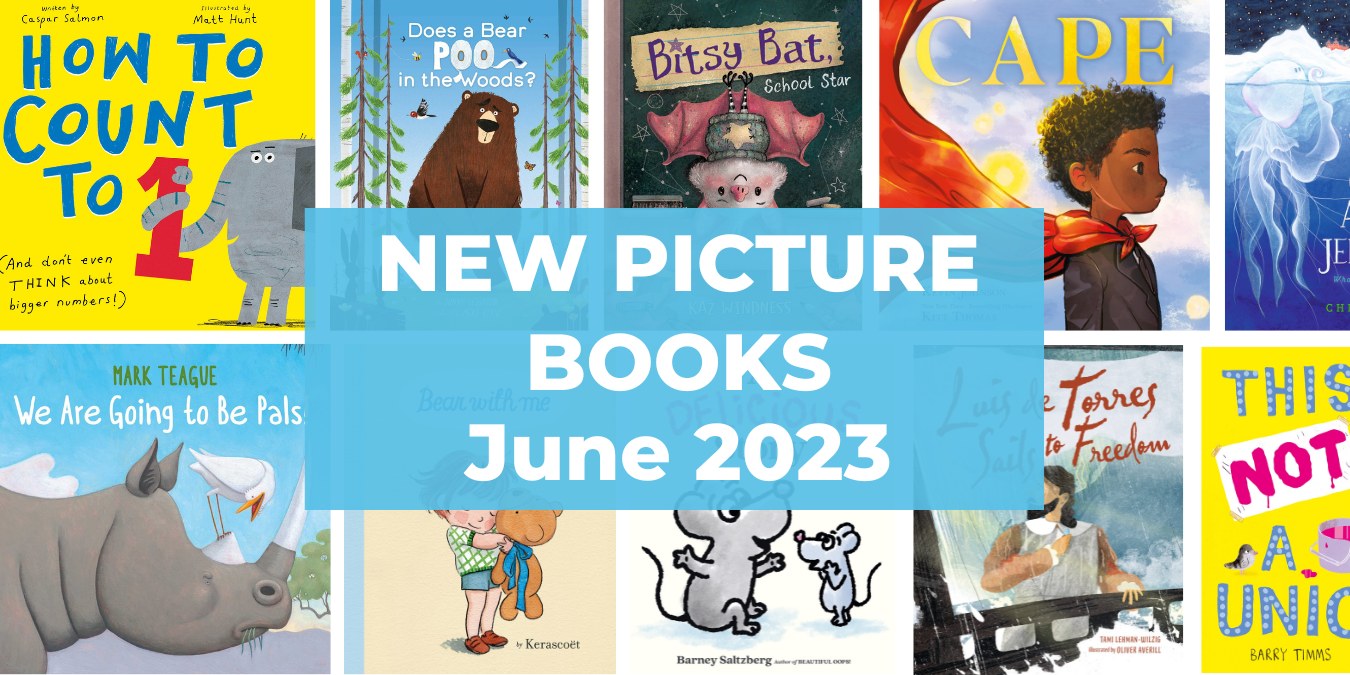
I love listening to my daughter while she plays. Hearing her use her imagination to conjure new and inventive games and characters is so sweet. A box becomes a rocket ship; building blocks become an entire town, and her dress-ups let her become anyone she wants to be. Our little people are naturally curious and have the capacity for great imagination and creativity. Besides being the backbone for play, did you know that encouraging imagination in our kids significantly impacts their education, future learning, literacy, and numeracy?1
Imagination is Essential to Child Development
When children use their imaginations, they use existing information, knowledge, and experiences to help set the scene for their play. So, they might use what they have learned or experienced, for example visiting the doctor or playing at the park. They then use this information as a jumping-off point and use their imagination to explore new ideas. Instead of just visiting the park, they might expand on this and think about what it could be like in a jungle. Building our kids’ imaginations allows them to generate new knowledge and ideas, which supports learning.2
Having a great imagination also helps our kids with the following:1,2
- Language development and using and experimenting with words.
- Physical development, such as fine and gross motor skills, as they play with creative things like crayons and pens or wear a costume and navigate zips and buttons.
- Social development usually comes when they play with peers or use a doll, stuffed animal, or action figure to practice and navigate different social rules and relationships.
- Emotional development, with play and imagination, allows kids to experiment with a range of emotions without fear of judgment or getting into trouble. This also gives them a chance to practice understanding and working through emotions. They can learn empathy when they start to role-play, as they must get into the mindset and experiences of other characters.
- Problem-solving and using their imaginations allow kids to think outside the box and develop new ideas.
How to Encourage Your Child’s Imagination
Here are 14 ways you can encourage your child to use their imagination.3,4,5
1. Value Their Imagination
Before you try any of the other tips, it’s essential to encourage your child to use their imagination. Speak with them, be curious, narrate their play, or ask questions to show interest, like “I can see you have made a cat; what sounds do cats make?”
2. Read Them Stories
Young children are drawn to stories and enjoy one-on-one time with you. But stories also enhance imagination when they are exposed to new things, like make-believe and the unknown, and they help build cognitive skills like imitation, wondering and speculation, and general knowledge. Reading also promotes literacy and language development.
3. Expand Their Horizons
Beyond reading, it’s essential to expose children to various things. So, listen to music, and take them to galleries, museums, and hikes. These new things can stimulate their imaginations.
4. Follow Your Child’s Lead
Notice what interests them, ask if you can join in, stay focused and engaged in their play, ask questions, and make space in the conversation for them to participate. You can support and foster imagination by allowing your child’s creativity to lead the way.
5. Encourage Dress-Ups
When you provide dress-ups, costumes, or even crafts so they can create their own costumes, you allow your child to explore roles, feelings, and thoughts safely. The roles can use their knowledge and expand on it with their imagination. For example, they could play at being a police officer, a doctor, or a teacher.
6. Play, Listen, or Make Music
Play a wide range of songs or types of music, from top-40 hits to classical music. Or give them access to musical instruments or even use your imagination to create some with a washed-out and clean ice-cream bucket that can become a drum or a jar with rice that can become a maraca.
7. Give Them Access to Creative Materials
Give them crayons, paper, pencils, and the opportunity to craft without an activity or outcome in mind. We can accidentally stifle their creativity when we have too many strict activities or steps, so this allows them space to express whatever they can imagine.
8. Create a Fort with Them and Their Imagination
A homemade fort doesn’t have to be fancy or expensive. Drape a blanket over the back of two chairs. Make a new space from something they already know and allow their imagination to fly free.
9. Get Out into Nature
Take them out to explore new sights, the beach, a new playground, a local park, or a forest.
10. Get Messy!
Messy play can unlock your child’s imagination. Go jumping in muddy puddles, get in the sandbox, or do some finger painting. The list is endless.
11. Create a Box of Treasures
Allow your child someplace to collect little trinkets that capture their imagination, like a feather gathered on your walk or a pebble they found at the beach.
12. Arrange for Water Play
Set up some buckets, or even the bath, and fill them with water. You could use non-toxic food coloring, bubbles, and some cups or containers to transfer water and let them get busy. Just remember always to supervise children around water.
13. Use Your Imagination for a Treasure Hunt
You can either let your imagination guide you or create a map and hunt for some treasures.
14. Look Up in the Sky
Lay down on the grass and watch the clouds. See what shapes they can find. Or wait until night and look up at the stars together.
The main thing you can do as a parent to foster your child’s imagination is to wonder with them. Show your playful side instead of focusing on the things that catch our attention as adults, like the next load of laundry or tomorrow’s work meeting. As adults, we can feel self-conscious or have forgotten how to play, but your child won’t notice; all they will see and feel is your attention and curiosity as they explore the world around them.
Sources
1. Bruner, J. (1986) Actual Minds, Possible Worlds. Cambridge, Massachusetts: Harvard University Press.
2. Cooper, P.J., Collins, R. & Saxby, M. (1992) The Power of Story. Melbourne: MacMillan
3. Brody, D., & McMullen, M.B. (2022). Infants and toddlers at play: Choosing the right stuff for learning and development. National Association for the Education of Young Children.
4. Aljarrah, Ayman. “Play as a Manifestation of Children’s Imagination and Creativity.” Journal for the Education of Gifted Young Scientists 5.1 (2017): 25–38.
5. Holmes, Robyn M., Brianna Gardner, Kristen Kohm, et al. “The Relationship between Young Children’s Language Abilities, Creativity, Play, and Storytelling.” Early Child Development and Care 189.2 (2019): 244–254.
This article contains affiliate links. These opinions are our own. However, if you buy something, we may earn a small commission, which helps us keep our content free to our readers. Check out our Chick Picks Shop to see more of our recommended products. It’s our carefully curated shop of products we love and recommend! ❤️

 PARENTING TIPS
PARENTING TIPS PREGNANCY
PREGNANCY BABY CARE
BABY CARE TODDLERS
TODDLERS TEENS
TEENS HEALTH CARE
HEALTH CARE ACTIVITIES & CRAFTS
ACTIVITIES & CRAFTS


